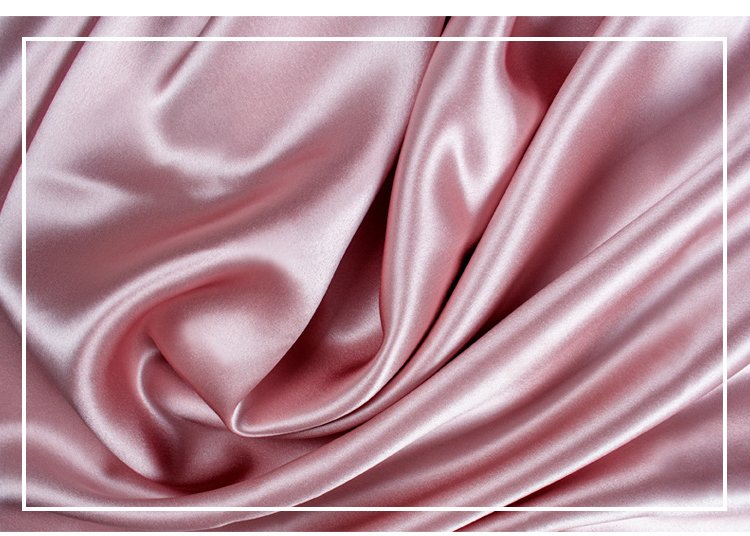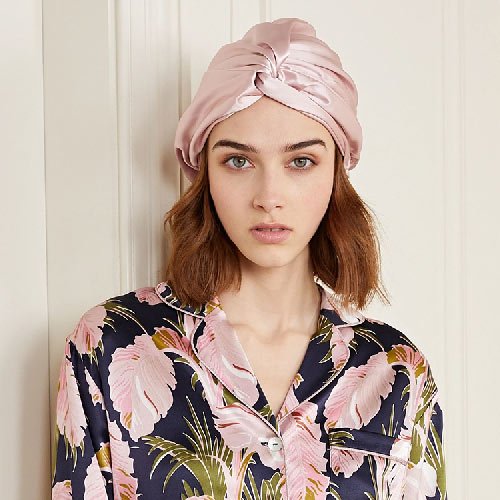You’ve seen them on every design symbol, have a collection of connecting concepts saved money on your TikTok, and it’s ultimately time to start and acquire one. Whether this is your first silk headscarf or your 50th, you have most likely recognized that all silks are not created equivalent. Yet concern not: We have almost a century of scarf competence under our belt, and we’re sharing all the solutions to the problems you possibly did not recognize. You must ask.
- Should I buy genuine silk?
Genuine silk has a compelling schedule of advantages. In enhancement to being resilient, soft, and luxurious, it preserves heat for the wintertime while still being breathable for the summertime. Its protecting homes even help your skin retain moisture overnight (hence the surge of silk pillowcases). Acquiring genuine silk items is crucial for those with allergies, bronchial asthma, and skin sensitivities, as it is hypoallergenic and very gentle on the skin. One more advantage: sustainability. Silk is biodegradable and can decompose in 1-5 years, contrasted to other fabrics like polyester, which can occupy 200 years. In its afterlife, silk can be repurposed as dirt or compost.

- Just how can I tell if it’s natural silk?
This might appear evident, but you would marvel at how convincing cheap imitations can search a display and occasionally even face-to-face. So, consider these essential distinctions between authentic silk and artificial products before buying.
The name
First, do not be tricked by “Art silk” or “man-made silk,” which is a typical basic synonym for rayon. Secondly, “silky satin” usually describes replica silk made from polyester. Your best bet is products flaunting “100% Silk.”.
Allow its beam.
Genuine silk has a distinct sheen that shows light, producing a vivid refraction. Look up a video or head to your local department shop if you still need to. Instead of a rainbow shimmer, imitations shine white regardless of the angle.
It includes a price.
The depressing truth is cheap; significantly discounted silk head scarfs should be a warning. Silk is an expensive textile. Some makers can make it much more inexpensive as well as a sale is a sale, but scarfs that rival the cost of a cotton turban are most likely unreal silk. Brand name names often include a little (or a whole lot) of added dollar signs simply by stamping their logo on edge, so the rate alone isn’t a certain point. Trust fund us. There is a middle ground.
Put a ring on it.
Our preferred method to test if silk is natural is slipping off your favored ring and delicately pulling the fabric via it. Raw silk will quickly move with the crew, while imitation silks will obtain captured. One more excellent technique is to scrub the material between your fingers. It is silk if it warms up. Or else, it’s most likely artificial.

